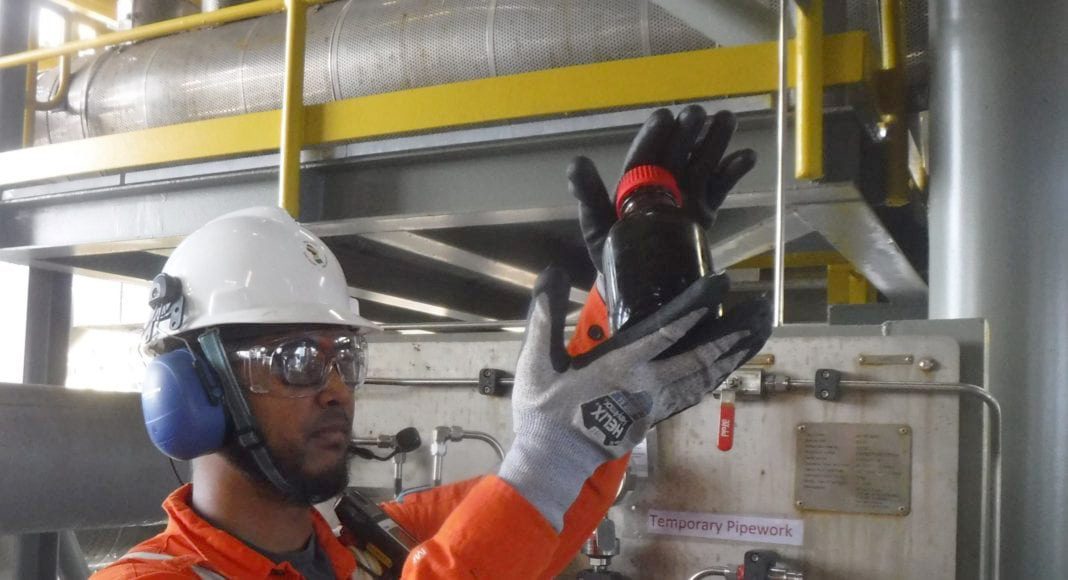The price of oil fell to its lowest level in 11 years in 2015 as commodity markets responded to signs that the global glut of oil would have deepen the following year. While oil ministers from Qatar and Iraq at the time sought to talk up the prospects of a recovery in the oil price, analysts had said crude was likely to go lower in the short term, given that production was close to record levels when demand had been affected by the slowdown in China and other leading emerging markets.
“Paradoxically, the collapse in price in 2015 did exploration a favour. Out went capital-intensive, long-payback opportunities; in came short-cycle, quicker-payback prospects,” noted Simon Flowers, Chairman, Chief Analyst and author of The Edge at Wood Mackenzie, writing in a May 2021 op-ed.
At the time of the 2015 collapse, Guyana, sitting on the northern edge of South America, was unknown in the world of oil and gas. The tiny English-speaking country, the only one on the continent, was considered to be part of a “high-risk frontier basin” with 45 wells drilled over a span of 50 years resulting in no commercial find.
In its Strategic Environmental Assessment submitted to the Environmental Protection Agency in March 2014, ExxonMobil had identified two prospective areas in the Stabroek Block (the Sorubim and Liza Areas of Interest) and proposed to plan for the drilling of up to two wells (one well per area) in the block to further evaluate the petroleum resources. The primary objective of the drilling program was to evaluate the prospects identified previously by seismic surveys. The company had not yet determined the exact number of exploration wells to be drilled, or their exact locations, and wanted to maintain maximum flexibility in terms of the number and location of the wells so that the most advantageous drilling scenario could be worked out.
Liza was biggest, best prospect in a basin with zero discoveries…next target was a dry hole
In an interview with OilNOW back in 2017, Doug Mc Gehee, then Upstream Operations Manager at ExxonMobil Guyana, reflected on what led to the decision to drill the Liza-1 prospect first. He said there are several elements that need to line up in order to have a successful exploration play. These include source, reservoir, trap and then maturation, timing, migration and seal. He said all seven of these have to work for a successful discovery.
“Generally, you drill the biggest, best prospects first when you enter a new area, which is what we did with Liza-1,” he said.
This approach paid off big time and forever changed the history of the Guyana basin. The other well that was identified at the time – Sorubim – turned out to be non-commercial and the very next well to be drilled by Exxon after Liza – Skipjack – was a dud.
Exxon has found nearly 11 billion barrels of oil equivalent since 2015 at the Stabroek Block, spread over 30 commercial discoveries. And although the move towards renewables has intensified since the COVID pandemic, experts see exploration continuing to play a major role in the coming years.
Liza could be last major frontier oil play discovered in the world – Westwood
“Even if we do get onto a 2 °C pathway, exploration can deliver new resource into the supply stack that’s lower cost and less carbon-intensive than existing resources,” Flowers said. “We also think the focus of exploration will progressively shift towards gas, for which demand will be more resilient through the transition.”
‘Unity Gold’ lighter and sweeter than other carbon-intensive blends in Latin America – Platts
Guyana remains pivotal in this new exploration era, delivering low-cost, low-carbon barrels at an unprecedented rate.
“The world will need these low cost, high value resources to meet growing energy demand, particularly given underinvestment by our industry in recent years,” John Hess, CEO of Hess Corporation, a 30% stakeholder in the Stabroek Block, told investors earlier this year.
By 2031, Guyana is expected to be producing more than one million barrels of oil per day, overtaking Norway and Angola to be the third largest deepwater producer in the world.



